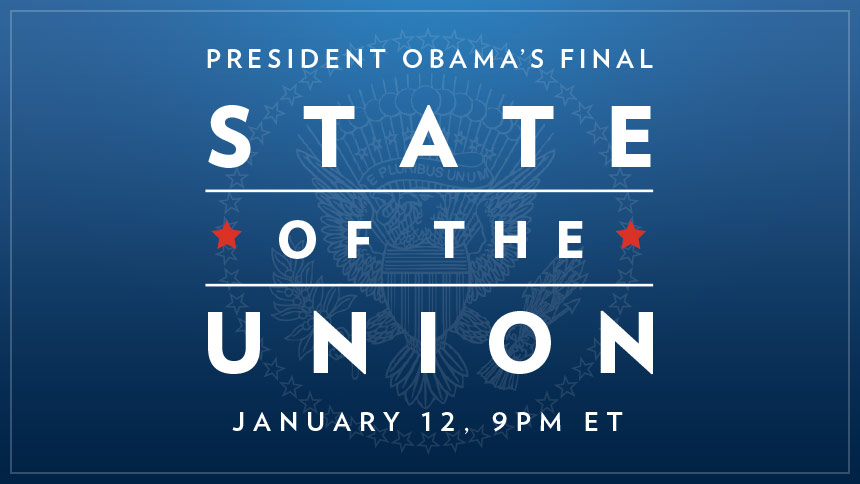
This week, the Republicans in Congress once again released a budget that slashes investments in our economic future, including in manufacturing. Yet on Wednesday, President Obama stood up for American ingenuity, offered a different path forward, and announced $500 million in investments to strengthen the bedrock of our manufacturing sector.
The story of American manufacturing is one of grit and resilience. But it’s also the result of investments across the public and private sectors in skills and cutting edge technologies to lay the foundation for a new period of manufacturing growth and resurgence. It’s a story known well by the people in Cleveland.
Just a stone’s throw away from where this week President Obama defended the very middle class families whose sweat and determination are the lifeblood of American manufacturing—MAGNET, a public-private manufacturing accelerator—is emboldening a small medical products business to design sensor technologies, ultimately helping Ohioans sleep better at night. They’re empowering aviation and aerospace suppliers to usher new high-tech products to market, faster than ever before. And they’re coaching more than 400 small firms throughout the state on how to increase sales and hike the number of factory jobs.
Such investments, like those made by MAGNET, part of the Manufacturing Extension Partnership (MEP), are accelerating an unprecedented turnaround in U.S. manufacturing. Manufacturing production is up by almost a third since the recession and the number of factories humming across the country is growing for the first time since the 1990s. That’s why this week the President called on non-profits, working with manufacturers across 12 states, to compete for $320 million to operate MEP centers, in order to help small-scale firms improve their production processes, upgrade their technology, and bring new products to market. Since its inception MEP centers have empowered nearly 80,000 manufactures to save billions in costs, and add hundreds of thousands of jobs—but the Republican budget would cut funding for this public-private partnership entirely.
If something’s working, we ought not to get rid of it – American innovation and the nascent resurgence in U.S. manufacturing demands that we invest to build on our strengths.
That’s also why the Administration is also launching a more than $150 million manufacturing institute competition focused on producing high-tech fabrics for the uniforms our soldiers wear in battle, and cutting edge textiles that can inspire flame-resistant home insulation. This, the ninth manufacturing hub competition, seizes upon the momentum in textile manufacturing – which has steadily grown production, and seen a rise in exports by 45% since 2009 – by bridging the gap between early research and product development in revolutionary textile technologies.
Already the first of these hubs are encouraging investment and production on U.S. soil. When Ohio-based small plastic molding manufacturer Thogus joined forces with the first manufacturing institute in Youngstown, Ohio, its engineers helped the small business sharpen its edge in rapid prototyping and 3D printing. Not only did this add middle-class jobs to the Thogus factory floor, it also inspired GE to open a manufacturing research center down the road in Pittsburgh, Ohio, further positioning the region for growth. And to build upon these successes, directors of each of these tech-forward hubs convened in Washington this week, sharing best practices to enlist partners and invest in regional ecosystems of manufacturing R&D fit for the 21st century.
Giving workers and businesses the tools they need to get ahead in this new economy. Revving the engines of growth and competitiveness. That’s what middle-class economics offers, that’s how we guarantee that America’s manufacturing renaissance continues to soar, and that’s how we move our country forward.

